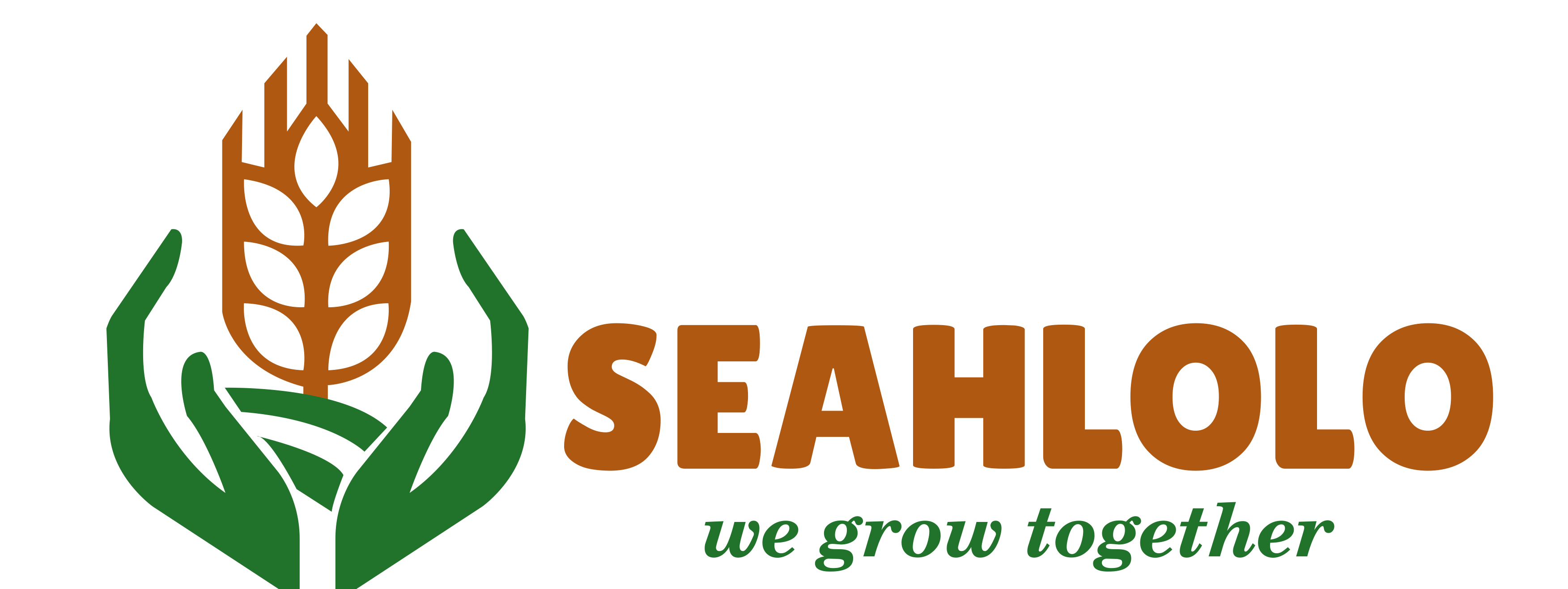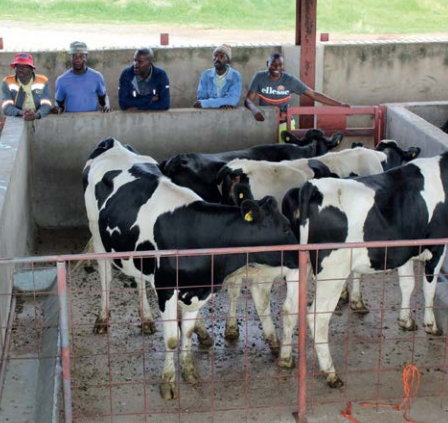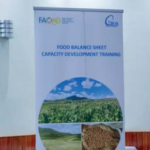![]()
By Relebohile Makhetha
The Lesotho National Dairy Board (LNDB) is gearing up to launch its tenth batch of dairy cow acquisitions in 2025—marking a major milestone in its long-standing mission to transform dairy farming in the country.
Since 2017, the LNDB has supported local farmers in accessing quality dairy breeds, helping to improve milk production and uplift rural livelihoods under the guiding principle: “Ha li hangoe makuka a tlale, Basotho Baphele”—When cows are milked, Basotho will prosper.
According to LNDB Public Relations Officer, Khauhelo Maraisane, Batch 10 represents not just another cycle, but a turning point.
“This next batch is more than a continuation—it’s an opportunity to scale our reach, engage new districts, and take lessons from previous rounds to make the program even stronger,” he said.
LNDB’s approach remains structured and farmer-focused.
Maraisane explained that interested individuals are encouraged to approach the board for guidance on breed selection and cow purchasing.
With support from LNDB veterinarians and livestock specialists, he said farmers are equipped to choose from three breeds—Friesian, Jersey, and Crossbreeds—based on their farming goals and environmental suitability.
“Each batch has revealed insights that inform the next.”
Maraisane noted that costs fluctuate depending on sourcing and veterinary processes.
“In Batch 9, cow prices ranged from M23,000 for crossbreeds and Jerseys to as high as M35,000 for Friesians. With Batch 10, it is expected to see prices climb up to M40,000.
“We are committed to ensuring that farmers get healthy, productive cows, even if it means paying a premium for biosecurity and proper health tests,” he emphasised.
But LNDB’s role doesn’t end at delivery.
The spokesperson noted that annual follow-ups help monitor productivity, calf birth rates, and the health of the herd’s offspring.
“These assessments ensure that farmers are reaping long-term benefits from their investment and that the dairy breeds introduced continue to perform in Lesotho’s climate and conditions,” he said.
He added that Batch 9 faced a major setback with a foot-and-mouth disease outbreak at source farms causing a halt on imports.
“This disruption delayed several deliveries, underlining the ever-present risks in livestock farming. Nonetheless, the board used this period to strengthen its vetting and quarantine procedures, ensuring future batches—like Batch 10—are more resilient,” he noted.
He explained that what makes Batch 10 especially significant is its broader scope.
“Initially, interest in the program was concentrated in Lesotho’s eastern regions. Now, LNDB is intensifying outreach efforts in other districts through awareness campaigns and training workshops. The goal is to democratise access to dairy farming, turning it into a viable, sustainable source of income across all ten districts.
“Batch 10 is about growth—geographic, economic, and technical. We want to see more Basotho enter the dairy space confidently, knowing they have the backing of a national institution that believes in their potential,” Maraisane said.




